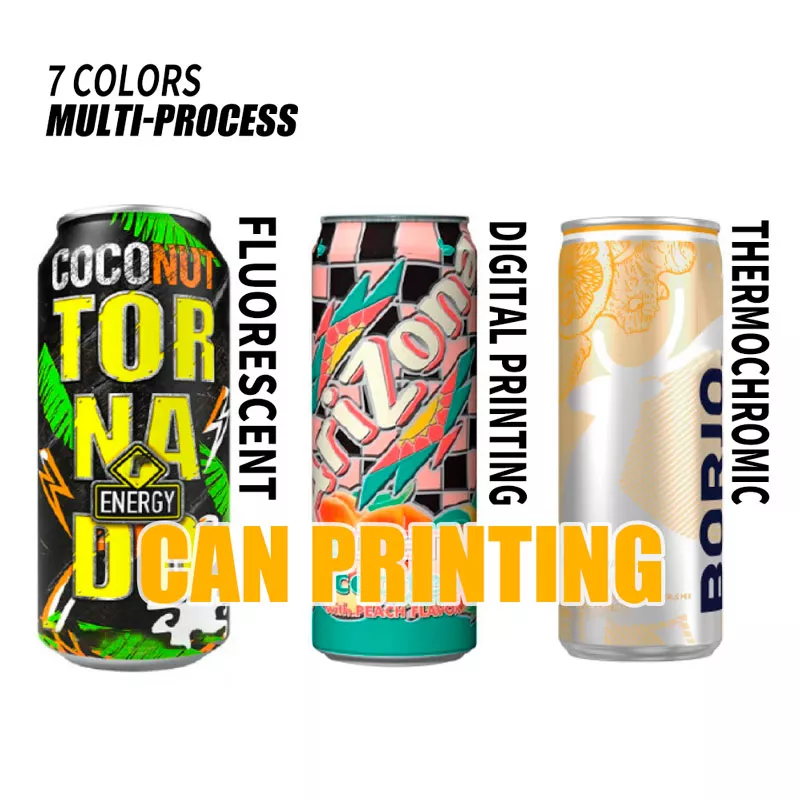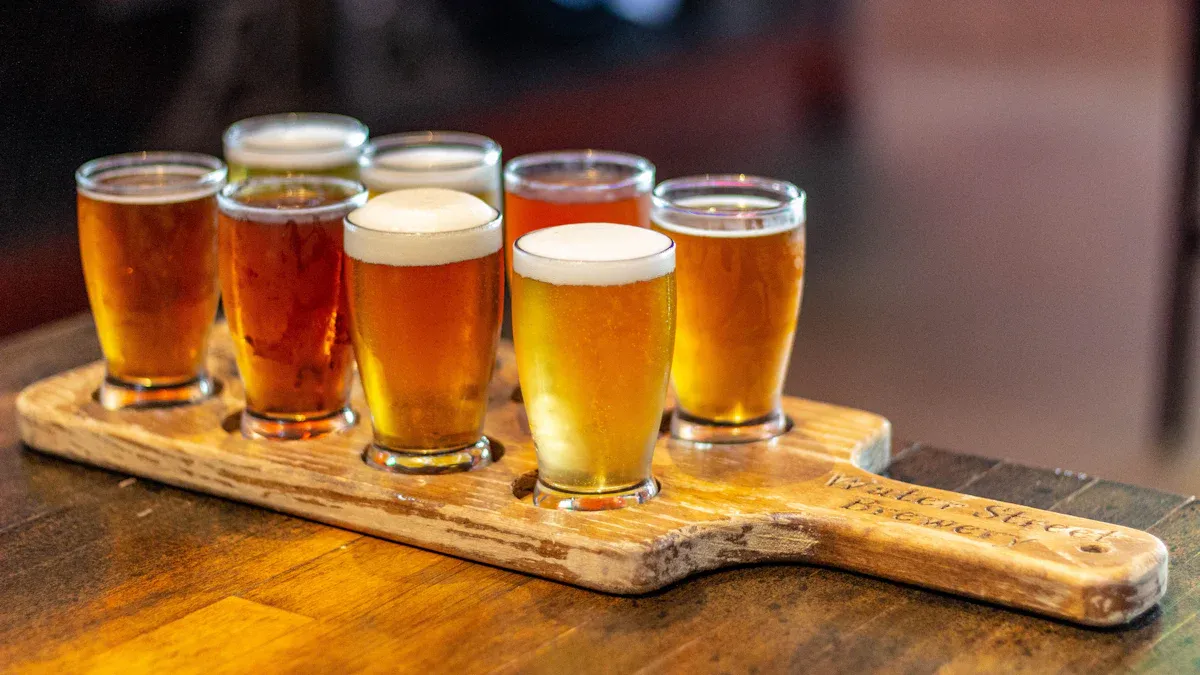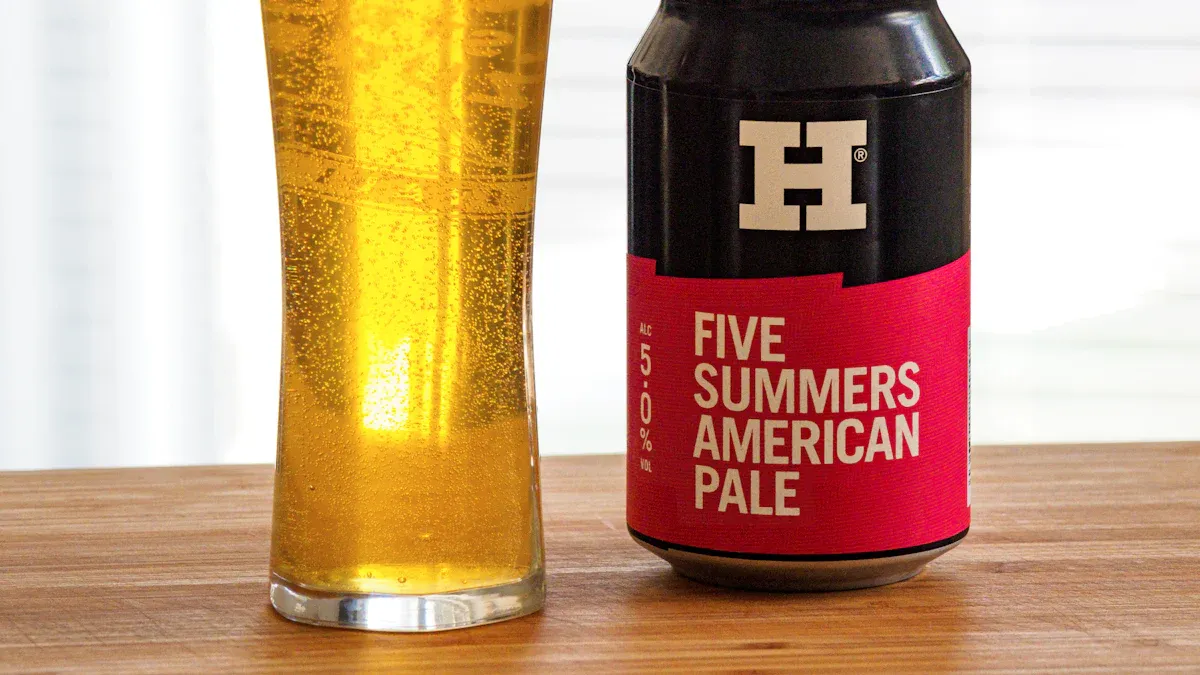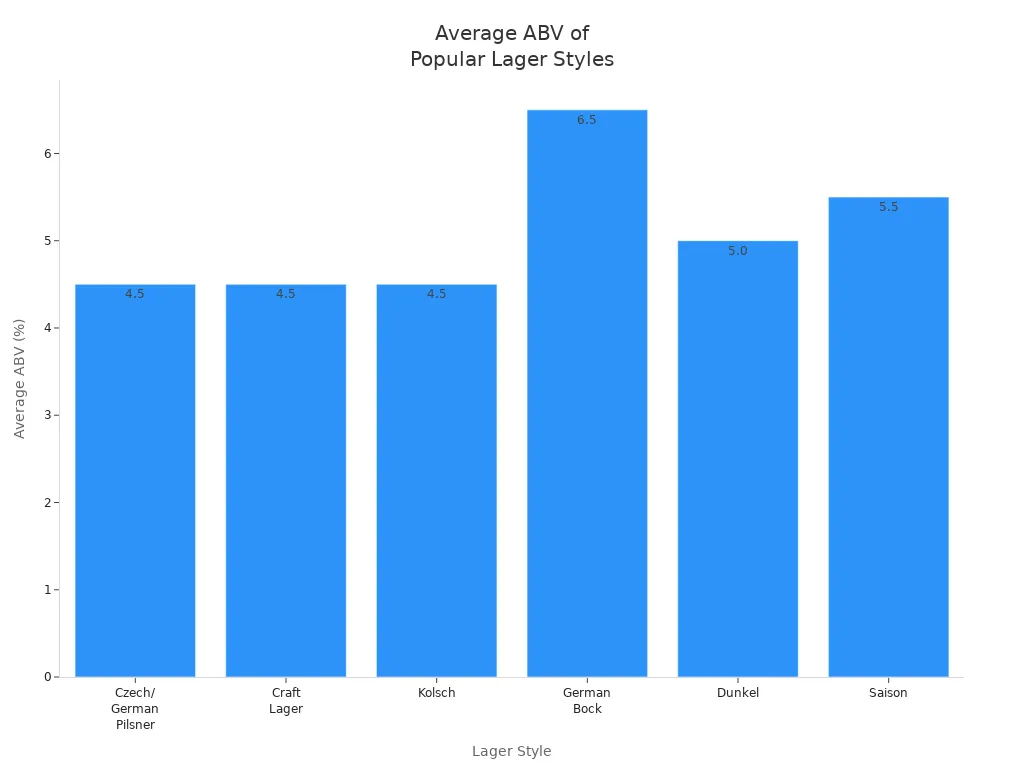
You may ask which beer, ale or lager, tastes better or has a better color or more alcohol. The answer depends on what you like best. Many people pick lager. Lager is about 92% of all beer people drink in the world. Ales usually taste more fruity and look darker. Lagers taste crisp and look lighter. Studies show color can change how you think a beer tastes, even if the flavor is the same. The difference between ale and lager is not just about taste. It is also about how you see and enjoy each kind. Knowing about ale and lager helps you choose what you like. When you compare ale and lager, you see each one is special.
Key Takeaways
Ale has a strong and fruity taste with many flavors. Lager tastes crisp, clean, and smooth. Ales often look darker and richer in color. Lagers usually look lighter and clearer. Ales can have more alcohol, from light to very strong. Lagers usually have a medium amount of alcohol. Try both ale and lager to see which you like best. Your favorite might change depending on your mood or the event. Pair beers with food and try local or seasonal kinds. This helps you enjoy new flavors and experiences.
Ale vs Lager: Taste
![Ale vs Lager: Taste]()
Ale Taste
When you drink an ale, you taste many flavors. Ales can taste fruity, spicy, or a little sweet. The yeast in ales works better when it is warm. This makes more esters and phenols, which give ales special flavors. Some ales taste like banana, clove, or bubblegum. Many ales also have a strong malt taste. This can remind you of bread, caramel, or coffee.
Here is a table that shows words people use to talk about ale flavors:
Flavor Category | Common Descriptors |
Malt Flavors | Malty, biscuity, breadlike, grainy, rich, deep, roasty, cereal, cookie-like, coffeeish, caramelly, toffee-like, molasses-like, malt complexity, smoky, sweet, autumnal, burnt cream, scalded milk, oatmeal, rustic, layered |
Hop Flavors | Piney, citrusy, grapefruity, earthy, musty, spicy, sharp, bright, fresh, herbal, zippy, lemony, newly-mown lawn, aromatic, floral, springlike, brilliant, sprucelike, juniper-like, minty, pungent, elegant, grassy |
Yeast/Fermentation Flavors | Fresh-baked bread, clovelike, bubblegum, yeasty, Belgiany, aromatic, tropical, subtle, fruity, clean, banana-like, horseblankety (for some sour/extreme beers), earthy, musty |
Conditioning (Carbonation) | Soft, effervescent, spritzy, sparkling, zippy, pinpoint, bubbly, gentle, low carbonation, highly carbonated |
Ale flavor can change a lot. It depends on the yeast and how warm it is when it ferments. Warmer temperatures make ales taste more fruity and spicy. Some ales, like Belgian or wheat ales, can taste sour or tart. This happens because of special yeast and bacteria. Sourness is normal in styles like lambics and Flanders red ales.
Lager Taste
Lager tastes different from ale. Lagers are clean, crisp, and refreshing. The yeast in lagers works best when it is cool. This makes fewer esters and phenols, so lagers do not taste very fruity or spicy. Instead, lagers taste smooth and balanced. They have a gentle malt sweetness and a mild hop bitterness.
People use these words to talk about lager flavors:
Dry, fizzy, and crisp
Malt-forward with biscuity or bready notes
Floral aromas from noble hops
Clean bitterness that does not linger
Light fruity hints, such as apple or pear, in some styles
Lagers usually feel lighter and have less strong flavor than ales. You can really tell the difference when you taste both. Lagers often help clean your mouth and go well with mild foods. You might taste grain or a little sweetness, but lagers stay clean and easy to drink.
Preferences
You may wonder which beer is best for you. If you like bold and complex flavors, you might like ales. Many craft beer fans pick ales because they have lots of different flavors. You can find ales that taste fruity, spicy, malty, or even sour. People who want something special often choose ales.
If you want a crisp and refreshing drink, lager might be your favorite. Lagers are the most popular beer in the world. Many people like their light and easy taste. Younger people and those who want to drink for a long time often pick lagers. The special taste of lager makes it good for casual times.
Studies show that bitterness and hops change what people like. Many people like beers that are not very bitter, especially in places like Mexico and Brazil. If you do not like strong hop flavors, you may like lagers more. If you want more bitterness and hop smell, ales like IPAs could be better for you.
Tip: Try both ale and lager to see which one you like best. Your favorite might change depending on the day or your mood.
The difference between ales and lagers gives you lots of choices. You can try many flavors, from fruity and spicy ales to crisp and clean lagers. The ale vs lager question is about what you like. Each style has its own taste, so you can always find one you enjoy.
Difference Between Ale and Lager: Color
![Difference Between Ale and Lager: Color]()
Ale Color
When you look at an ale, you can see many colors. Ales can be pale gold, deep amber, or dark brown. Some, like porters and stouts, look almost black. The Standard Reference Method and European Brewery Convention scales measure beer color. Lower SRM numbers mean the ale is lighter. Higher numbers mean the ale is darker. For example, pale ale has an SRM of about 3.5. Porter can have an SRM above 30. The EBC value is about twice the SRM for the same beer.
Ale Style | Typical SRM Range | Typical EBC Range |
Strong Scotch Ale | 10 - 25 | 20 - 100 |
Belgian Strong Ale | 3.5 - 20 | 8 - 80 |
Porter | 20 - 35 | 80+ |
American Amber Ale | 11 - 18 | 25 - 45 |
English Special Bitter | 12 - 14 | 30 - 35 |
Dry Stout | 8 - 18 | 16 - 35 |
The malt is the main reason for all these colors. Darker roasted malts make ales look deeper and taste richer. How brewers roast and mash the malt changes the color. Chemical reactions, like Maillard reaction and caramelization, also add color and flavor. Some ales look cloudy. This can make the beer taste fuller and stronger.
Lager Color
Lager usually looks lighter and clearer than ale. Most lagers are pale straw or golden. Some, like bock or dunkel, can be amber or dark brown. The malt type and how much it is roasted set the color. Lightly roasted malts make pale lagers. Darker malts give lagers a deeper color.
Factor/Ingredient | Effect on Lager Color |
Malt (type and roasting) | Main factor; lightly roasted malts make pale lagers, darker malts deepen color |
Mashing (time, temperature, pH) | Shorter mashing and roasting keep lagers light |
Chemical Reactions | Caramelization and Maillard reaction add browning and complexity |
Hops | Small effect; can slightly change color |
Water and Yeast | Little direct impact on color |
Lagers often look very clear. Brewers filter lagers to remove haze. This makes the color shine. The clear look matches the crisp taste you expect from a lager.
Overlap
Some ales and lagers can look the same, even if they taste different. Märzen and English Bitter both look amber or copper. Brown ales and bock lagers can both look deep brown. Kölsch, an ale, can look like a pale lager. California Common, a lager, can look amber like some ales.
![Bar chart comparing color ranges of ale and lager beer styles with overlapping amber and copper hues.]()
Even if the color matches, the taste is not the same. Ales often taste fruitier and more complex. Lagers feel cleaner and more refreshing. The difference between ale and lager is more than just color.
Note: Color can change what you think about a beer. Lighter beers seem less bitter and lower in alcohol. Darker beers feel stronger and richer. Sometimes, your eyes decide what you expect before you taste.
The color difference between ales and lagers gives you many choices. You can pick a beer that looks good and tastes how you want. When you try both, you see how color and taste work together for a special experience.
Alcohol Content: Difference Between Ales and Lagers
When you compare ale and lager, alcohol content is important. The yeast and how long the beer ferments help decide how strong it is.
Ale ABV
Ales can have low or high alcohol. The yeast in ale is called Saccharomyces cerevisiae. It works best when it is warm. This yeast can live in more alcohol. That means ales can be weak or very strong. Some ales are light and easy to drink. Others have a lot of alcohol.
Typical ABV Ranges for Popular Ale Styles
Ale Style | Typical ABV Range |
Pale Ale | 4% - 6% |
IPA | 5% - 7.5% |
Stout | 4% - 8% |
Barleywine | 8% - 12% |
Belgian Tripel | 7% - 10% |
Some ales, like barleywine or Belgian strong ales, can go up to 21% ABV. There are also sour ales. These use special yeast or bacteria. This can change the taste and alcohol.
Lager ABV
Lagers usually have less alcohol than ales. The yeast in lager is called Saccharomyces pastorianus. It does not do well with lots of alcohol. Most lagers have between 4% and 6% ABV. This makes lagers smooth and easy for most people.
Typical ABV Ranges for Popular Lager Styles
Lager Style | Typical ABV Range |
Czech/German Pilsner | 4% - 5% |
Craft Lager | 4% - 5% |
Dunkel | Up to 5.5% |
German Bock | 6% - 7.5% |
![Bar chart comparing average ABV of popular lager styles worldwide]()
Some lagers, like bocks, can be stronger. But most lagers are not very strong.
Strength Factors
Yeast Strains and Fermentation Time
The yeast and how long the beer ferments change the alcohol. Ale yeast works fast in warm places. It turns more sugar into alcohol. Lager yeast works slow in cold places. It leaves some sugar, so the beer is sweeter and less strong.
Factor | Ale (Saccharomyces cerevisiae) | Lager (Saccharomyces uvarum) |
Yeast Hardiness | Hardy; survives higher alcohol levels, enabling higher ABV | Fragile; lower alcohol tolerance, limiting ABV |
Fermentation Temperature | Warmer (60-80°F), faster fermentation | Colder (below 39°F), slower fermentation |
Fermentation Speed | Fast, completes in about a week | Slow, takes longer due to yeast characteristics |
Sugar Attenuation | Efficient attenuation, fermenting more sugars | Slower attenuation; some sugars remain, leading to sweeter beer |
Cold Storage | Not typically used | Cold conditioning (4-10 weeks) improves clarity and affects final ABV |
Some beers do not follow these rules. For example, a homebrewed Christmas ale can reach 15% ABV if you add spirits. Some lagers use special grains or ways to change their strength and taste.
Note: If you want a strong beer, pick an ale. If you want something light and easy, try a lager. Alcohol content can change how you feel, so check the label.
Difference Between a Lager and an Ale: Choosing
Taste
Preference for Fruity or Malty Flavors
If you enjoy bold, fruity, or malty flavors, you may prefer an ale. Many ales have notes of banana, clove, caramel, or chocolate. These flavors come from the yeast and malt. For example, a wheat ale can taste sweet and spicy, while a stout offers rich chocolate or coffee notes. People who like complex and robust flavor profiles often choose ales.
Preference for Crisp or Clean Flavors
If you want a crisp, clean, and refreshing drink, a lager might suit you best. Lagers usually taste lighter and smoother. They often have a gentle malt sweetness and a mild hop bitterness. Pilsners and Helles are good examples of a lager and an ale with different flavor profiles. Lagers work well when you want something easy to drink.
Considering Bitterness and Hop Presence
Some drinkers like bitterness and strong hop flavors. If you do, try an ale like an IPA. If you want less bitterness, lagers such as pilsners or craft lagers are better choices. The ale vs lager debate often comes down to how much bitterness or hop aroma you enjoy.
Color
Visual Appeal and Expectations
Color can shape your expectations. Darker ales often look richer and feel stronger. Lighter lagers seem more refreshing. Many people pick a beer based on how it looks. Labels and color can also influence your choice by signaling flavor and style.
Matching Color to Occasion or Mood
You can match beer color to the season or event. Light lagers fit summer days or outdoor meals. Dark ales feel right for cozy nights or hearty food. Your mood and the occasion can guide your pick.
Alcohol Content
Choosing Based on Desired Strength
If you want a stronger drink, ales usually offer higher alcohol content. Lagers tend to be lighter. Always check the label for ABV if strength matters to you.
Considering Sessionability vs. Potency
Session beers, often lagers, let you enjoy more than one without feeling too full. Potent ales are better for sipping slowly. Think about how long you plan to drink and what fits your needs.
Tips
Try a Tasting Flight
Order a tasting flight to sample both ales and lagers. Start with lighter beers and move to stronger ones. This helps you notice different flavors and styles.
Pair with Food
Beer pairs well with many foods. For example:
Lager: salads, chicken, seafood, spicy appetizers
Pale ale: burgers, pizza, lighter spicy dishes
Stout: desserts, red meat, smoked foods
Tip: Food can change how you taste a beer. Try new pairings to find what you like.
Explore Local and Seasonal Varieties
Look for local or seasonal ales and lagers. Breweries often create special beers for holidays or events. These can offer unique flavors and colors.
Keep an Open Mind and Experiment
Try new styles and flavors. Blind tastings or brewery tours can help you discover favorites. Use a beer flavor wheel to describe what you taste. Exploring helps you learn the difference between a lager and an ale.
You can easily tell ale and lager apart. The table below shows how they are different:
Aspect | Ale | Lager |
Taste | Bold, fruity, complex | Crisp, clean, smooth |
Color | Wide range, often darker | Usually lighter, but varies |
Alcohol Range | 3% to 21% ABV | 4% to 6% ABV (some higher) |
The beer you like best depends on what you enjoy and the event. Lots of people like to try new kinds of beer. Tasting different beers helps you learn what you enjoy and makes drinking beer more exciting.
FAQ
What is the main difference between ale and lager?
You can spot the main difference between ale and lager by looking at the yeast and how each beer ferments. Ale uses warm fermentation and creates a fruity flavor profile. Lager uses cold fermentation and gives you a crisp, clean taste.
How does the color of ale compare to lager?
Ale often shows a darker color, ranging from gold to deep brown. Lager usually looks lighter and clearer. The color comes from the malt and how the brewer roasts it. Sometimes, you find overlap in color between the two.
Which beer has a stronger flavor profile, ale or lager?
Ale gives you a more distinct flavor profile. You taste fruity, spicy, or malty notes. Lager offers a milder, cleaner flavor. If you want bold taste profiles, try ale. For a smooth, refreshing drink, lager works best.
Does alcohol content differ between ales and lagers?
Yes, alcohol content can differ. Ales often have a wider range of alcohol content, from light to very strong. Lagers usually stay between 4% and 6%. Always check the label if you want to know the strength of your beer.
































